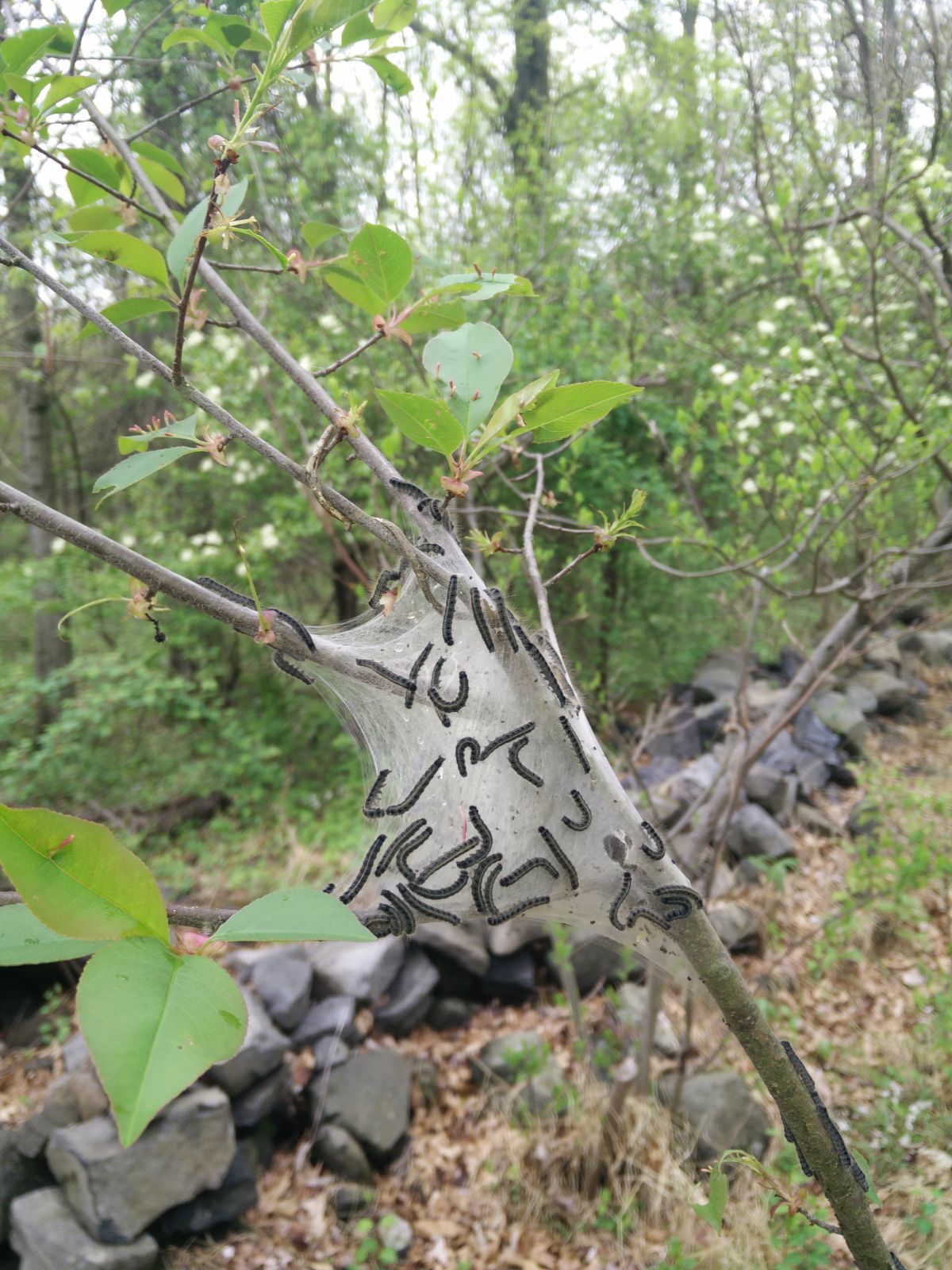May 25, 2024
In the house where I grew up, there was a clearing through the woods, perfectly in line with the kitchen window where I could see the moon rise. I especially remember those ones where it appeared like a giant peach glowing through the black sky. I recall seeing it mostly in the winter, and mostly when it rose just shortly after dusk. But it never occurred to me, all those other times, where the moon was when I didn’t see it. Fast forward many many years later and I came to realize that it wasn’t that the moon was moving around so I couldn’t see it through the trees, but it was actually rising and setting in relatively the same place every day tiptoeing around the sun. What I didn’t know is that it rises a little later every day. So sometimes it rises in the morning, sometimes in the afternoon, and sometimes at night. But in general, give or take a few degrees, it was always rising though that clearing just out that kitchen window.
With an alarm that sounds at 4am to be ready for banding at the Wild Bird Research Station about 25 mins from my home, I have been able to see the moon setting in the morning. It is there to greet me with my morning coffee in the western sky while the birds are already singing and even a distant Eastern Screech owl is trilling away the dawn.
While my eyes should be scanning the double yellow line on the road on the lookout for a stray deer or fox at 5 am, this past Saturday, I was constantly chasing the moon as it was sinking lower toward the horizon. Around every bend I tried to see it more, but as the sun was rising just as fast, the now pale turquoise sky was swallowing up the glow of the moon, and my chase was over. Even my smartphone couldn’t capture the waning Flower Moon.

Soon enough, the attention of all us at the banding station turned to our jobs and tasks at hand for the first official day of the MAPS protocol. The MAPS protocol was established in 1989 to monitor spatial and temporal patterns in adult survival rates and productivity for populations of landbirds across North America. The MAPS program currently consists of nearly 500 monitoring stations sampled annually, of which Wild Bird Research Group, Inc is one of those stations.
This particular station in Central New Jersey has just recently passed over its decade mark, and we are always (even after this many years) hopeful for the chance for new species of bird. “New to the station” is the coined phrase we all love to hear. Perhaps there is luck to be found in a four-leaf clover after all. The morning tipped off with the ground (as well as most of the low growing shrubs) glistening in dew and the sun was slow to burn off the clouds. But my boots were fast to absorb the moisture. Someone made the prediction that based on the amount of tent caterpillars spanning the skinny branches of trees that perhaps we would be getting a Cuckoo today. Those furry inch long larvae are a fancied treat of theirs. They can consume quite a number in one day!
Some of our regular birds were banded and released like the Common Yellowthroat and American Goldfinches. A stunning Cedar Waxwing, and an exciting recapture in the form of an Eastern Bluebird (which if my memory serves correct, it was second year bird, making it banded in 2022). But don’t quote me on that. Also, a remarkable number of Tree Swallows this year so far. And then, out of the blue without any trailer of sorts, the excitement at the station soared as a new bird was brought in. The element of surprise only heightens the moment for those of us who were at the far end of the field when the bird was brought in. At most, maybe 2 or 3 people knew what it was. You could guess all morning, but still never get it right. But an Eastern Kingbird was certainly a royal delight! A flycatcher, but with a long and slender form, if ever a bird were headed to prom, donned in a tuxedo, this is it. A charcoal dusty black on top, with a bright white belly and white tips on their tail, this bird is a beauty. Complete with an orangey-crimson hidden patch of feathers on their head. Just enough to add some snazziness to their already impeccable plumage. Very king-like.

The threat of rain in the forecast late morning was showing that our first day of MAPS was coming to close, but not without one last cherry on top. We finished the day with a bird that looks like it belongs in the rain forest more so than in a restored habitat in New Jersey. A female Yellow-Billed Cuckoo made its way to the station, and her mate was nearly right there with her. Sometimes called a “storm crow” for its propensity to “sing” before a rain storm the Yellow-Billed Cuckoo is a bird with a very long tail and thick beak. Much more slender overall, but around the same size as a Blue Jay. Related to roadrunners? That’s just cuckoo.

Note, both the Black-billed Cuckoo and the Yellow-billed (above) have also been banded here.
Special thanks to my husband Mark for pulling from the archives of 2017 hikes to find that picture of the tent caterpillars!

One response
[…] Prom King and Queen […]